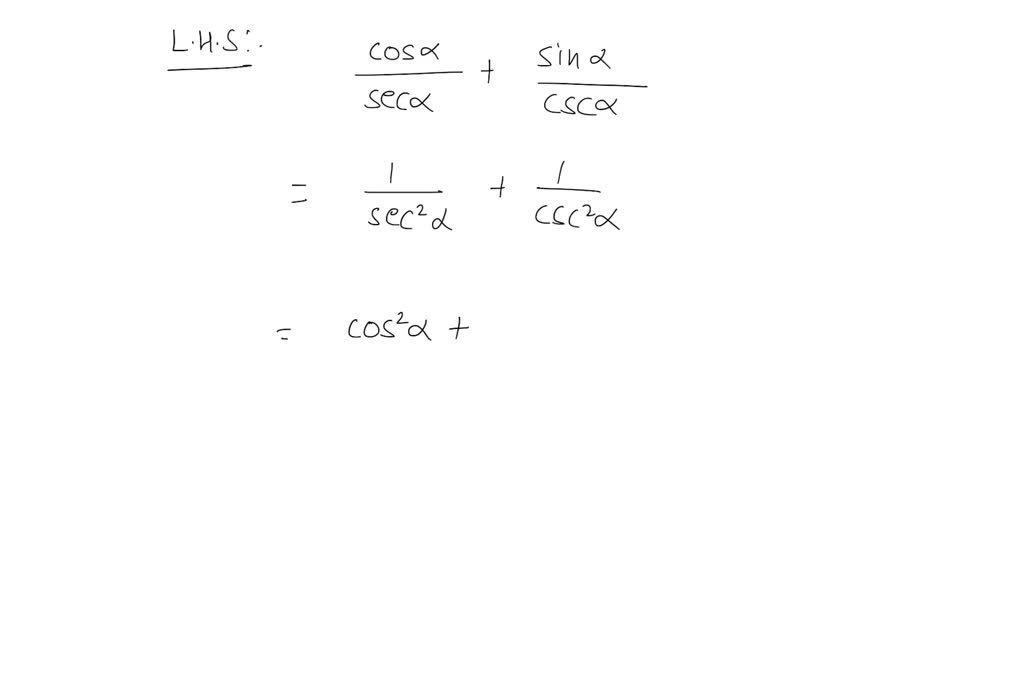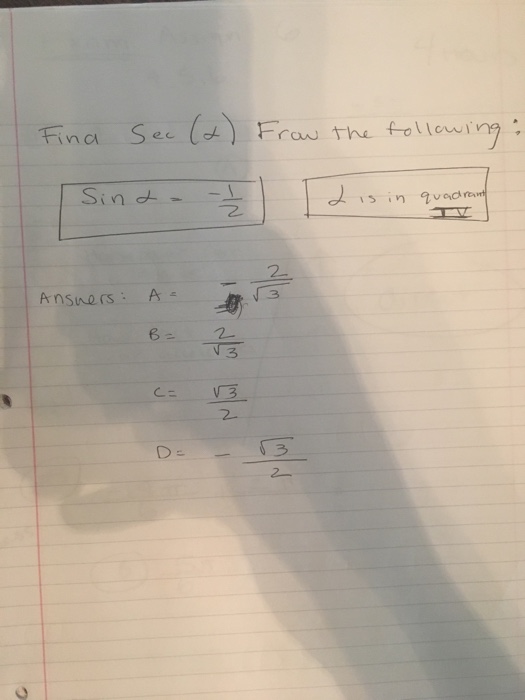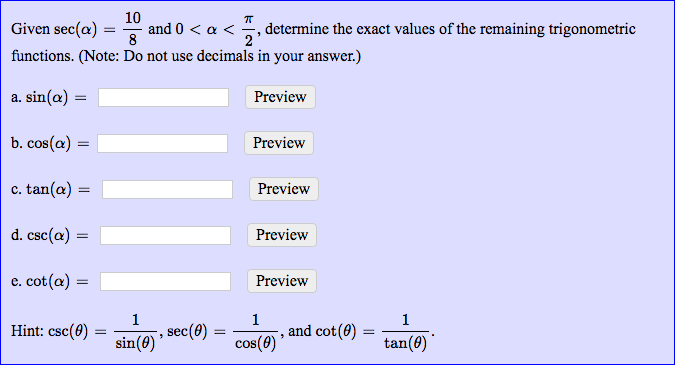
Sec alpha+tan alpha/ cos alpha-tan alpha-sec alpha= ? tolong bgt ya plzz dri kemaren gaada yg jawab - Brainly.co.id

If `sec(alpha-beta)=sqrt(2) and sin(alpha+beta)=(1)/(2)`, then find the least positive values of ` - YouTube

1/sec^4 alpha + 1/(cosec)^4 alpha +2/(sec^2alpha + cosec^2 alpha)=?` and `cosA/(1+sinA) + (1+... - YouTube

If sec alpha + tan Alpha equal to X prove that sin alpha equal to x square minus one upon X square + 1 - Brainly.in

If sec (alpha - 2 beta), sec alpha , sec (alpha + 2 beta) are in arithmetical progressin then cos ^(2) alpha = lamda cos ^(2) beta (beta ne n pi, n in I), the value of lamda is:

यदि (sec alpha + tan alpha) (sec beta + tan beta) (sec gamma + tan gamma) = tan alpha tan beta t... - YouTube

If \sec(\alpha)=-\dfrac{17}{8}\ where\ \dfrac{\pi}{2} is less than \alpha is less than \pi\ and\ \tan(\beta)=\dfrac{20}{21}\ where\ \pi is less than \beta is less than \dfrac{3\pi}{2}, find the exact | Homework.Study.com














